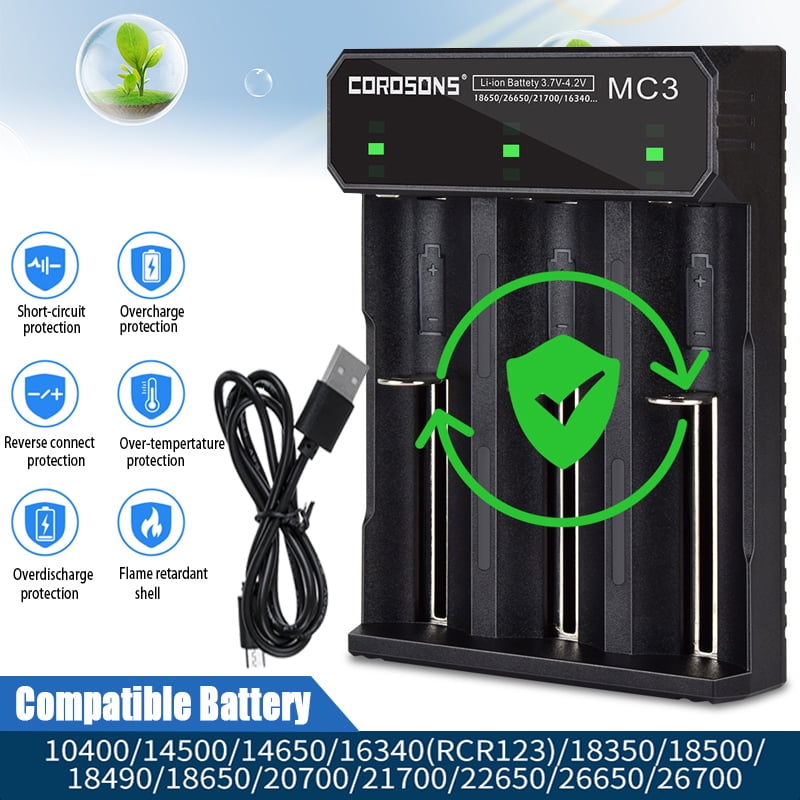

However, there is a clear process for determining which charge controller is right for your application.įactors to Consider When Deciding to Purchase a Charge ControllerĭIFFERENT TYPES OF SOLAR CHARGE CONTROLLERS These factors all interact in complex ways that can be challenging to implement effectively. Size, number, and type of batteries you’re using in your system.How many solar panels you have and how high your energy needs are.Climate where your system will be installed: Certain charge controllers operate better in colder climates.The following factors should be considered when buying a charge controller: What will affect my decision-making when selecting a charge controller? They’re an absolute necessity that makes solar power battery charging possible. Solar charge controllers aren’t an optional component that delivers increased efficiency. While a 12v battery can take up to 14 or 15 volts when charging, 19 volts is simply too much and could lead to damage from overcharging. For example, a 12v solar panel might put out up to 19 volts. Solar panels output more than their nominal voltage. You can’t simply connect your solar panels to a battery directly and expect it to work. Solar charge controllers play an integral role in solar power systems, making them safe and effective. If a panel puts out 2 watts or less for each 50 battery amp-hours, you probably don’t need a charge controller. You don’t need a charge controller with small 1 to 5 watt panels that you might use to charge a mobile device or to power a single light. Charge controllers prevent this from happening by acting as a valve.ĭO YOU ALWAYS NEED A SOLAR CHARGE CONTROLLER? This can cause a slight discharge from the battery.

At night, panels may naturally pass some of that current in the reverse direction. This will prevent an over-discharge.īlock Reverse Currents: Solar panels pump current through your battery in one direction. It will automatically reconnect to the battery when it is being charged. Low voltage disconnects: This works as an automatic disconnect of non-critical loads from the battery when the voltage falls below a defined threshold. In larger systems, we also recommend a double safety protection with circuit breakers or fuses. Charge controllers prevent these overloads from occurring. This can lead to overheating or even fires. If the current flowing into your batteries is much higher than what the circuit can deal with, your system may overload. Overload protection: Charge controllers provide the important function of overload protection. Overcharging batteries can be particularly damaging to the battery itself so charge controllers are especially crucial.Ĭharge controllers also offer some other important functions, including overload protection, low voltage disconnects, and blockage of reverse currents. Charge controllers also prevent your batteries from being overcharged by reducing the flow of energy to the battery once it reaches a specific voltage. In most charge controllers, a charge current passes through a semiconductor which acts like a valve to control the current. This helps preserve the life and health of the batteries. They also prevent battery drainage by shutting down the system if stored power falls below 50 percent capacity and charge the batteries at the correct voltage level. Charge controllers prevent your batteries from being overcharged by limiting the amount and rate of charge to your batteries. The charge controller in your solar installation sits between the energy source (solar panels) and storage (batteries). They protect your battery storage components, and they ensure everything runs efficiently and safely throughout the lifespan of your system. Solar charge controllers are a critical component in every solar installation.

Authors Note: This has been updated on with updated information, links, and resources.


 0 kommentar(er)
0 kommentar(er)
